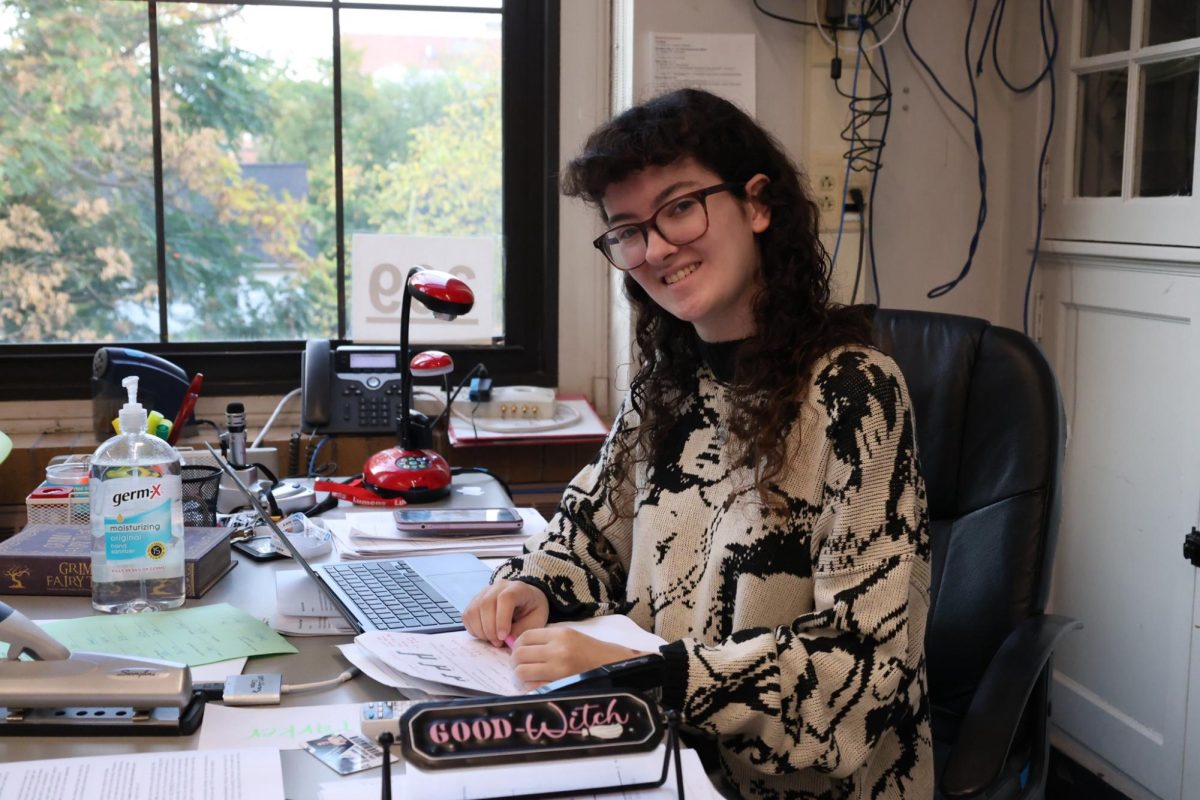Mental health and wellness is a prevalent topic in schools today, but what steps are teachers and faculty actively taking to help the student body?
According to Sean Eldon, CHS english teacher, schools are in a different place than they were even ten years ago, achieving a space of acknowledgment and having come a long way in the de-stigmatization of mental illnesses. In years past, mental health issues were considered case by case, but more recently, there’s been a shift in that mindset. Faculty at Community have been taking a more holistic approach to the matter.
“Students, teachers and other staff members know that mental wellness is a constant internal conversation,” Eldon said. “But we’re learning how best to systematically respond to that, and how to draw healthy boundaries, while also opening up our arms so that our students feel supported.”
Eldon sees the importance of being mindful of how his students feel. He recognizes that people feel and think about school in many different ways. He acknowledges that everyone has things going on in their lives and feels passionate about bringing a sense of humanity into the classroom.
“We [teachers] need to show humanity in intentional ways and not just in a performative way,” Eldon said. “It’s not just telling students that, ‘We love you or we’re here for you.’ It’s showing them.”
Change doesn’t happen overnight, but teachers are making an effort to implement shifts — and they’re starting in the classroom. Teachers are aiming to rethink traditional grading structures to ease the pressure. They’re willing to accommodate and adjust to meet individuals where they are mentally and emotionally, as well as making an effort to engage student participation and involvement, all in order to build a community that supports each other.
It’s a balancing act, building a united understanding of mental health and space where students feel supported, while also building resilience.
“The key word is balance,” said Brian Williams, counselor. “Kelly and I work hard so when you have a situation where you’re not feeling great, we can help initiate some skills to reduce it but not let us sit in it forever. Let’s own it, let’s get through this and let’s move on.”
The conversation goes further than the classroom: faculty at CHS are trying to implement more resources. TRAILS (Transforming Research into Action to Improve the Lives of Students) is a non-profit organization based in Michigan that focuses on improving mental health through cognitive behavioral therapies.
The initiative trains faculty at schools to run successful groups that give lessons on strategies for students to use. Kelly Maveal, CHS counselor, is working to bring TRAILS into CHS to apply these functional tools in order to help students work on their mental well-being.
“I think that it is such a huge asset for our school to not have to constantly be on the defense and explaining why a student might have a mental health challenge like we all do every day,” Maveal said. “We are trying to think a little bit bigger of what could reach more students.”
While faculty are working to help with mental wellness, CHS students are actively working on the issue as well.
Depression Awareness Group (DAG) is a student-centered body focused on mental health recognition and a safe space for students. Lila Fetter, senior, has been a part of this group since her freshman year. She sees active shifts that the student body is trying to implement, such as putting chairs in the bathroom, creating self-care stations and hosting workshops like Lunch and Learn. DAG recently tried to implement a safe space for students to take breaks in Bodley Hall but has faced challenges from administration.
“I think it’s important that we as students are able to feel like we’re being heard by administration when it comes to mental health issues,” Fetter said.
Fetter feels strongly about student voices being heard when it comes to mental wellness and has acknowledged the heavy stigma that comes with taking a day off of school for mental health reasons.
“I’ve had to take a few mental health days this year, and I think there should be some explanation for it,” Fetter said. “There are resources when your child has to stay home when they’re sick, but it feels like you can’t tell them, you have to lie.”
Fetter ultimately hopes that the future of DAG is brighter and can attain the resources that would allow them to turn all their ideas into reality.
The way teachers, faculty and students approach mental wellness in schools is constantly changing, but shifts towards a more inclusive and thoughtful community are undoubtedly happening.











